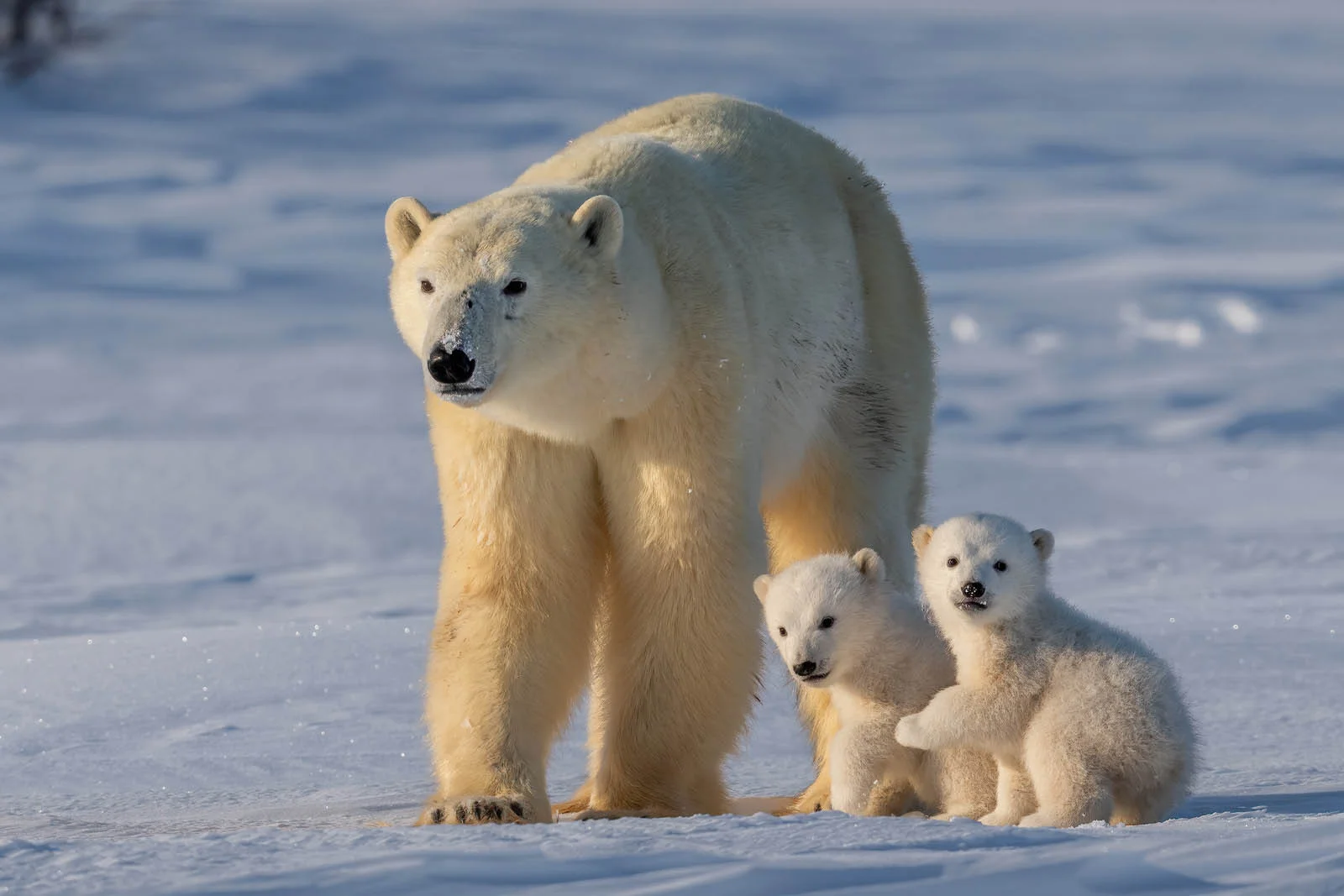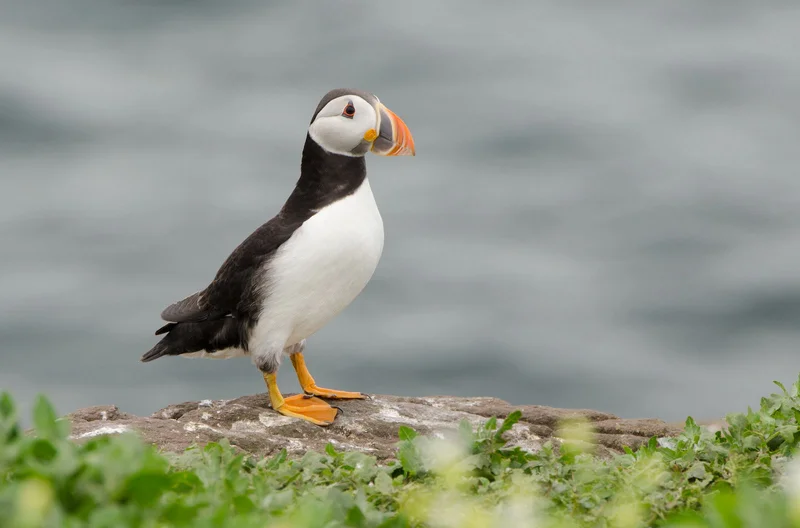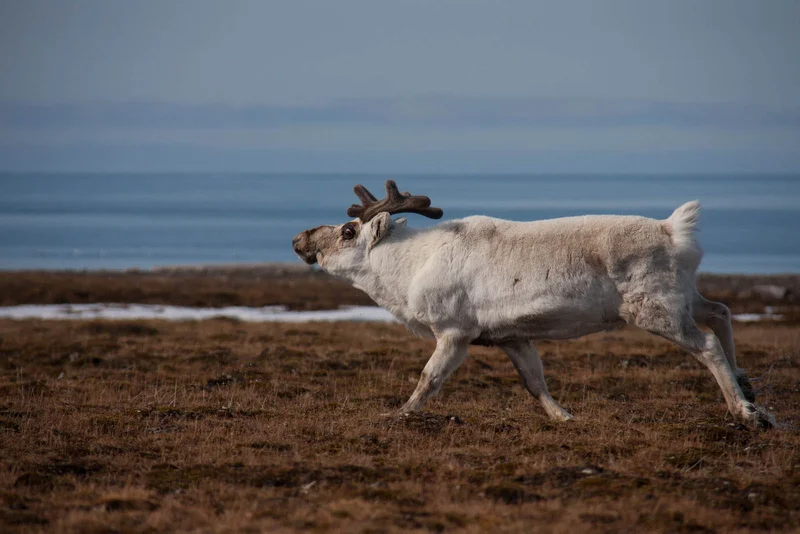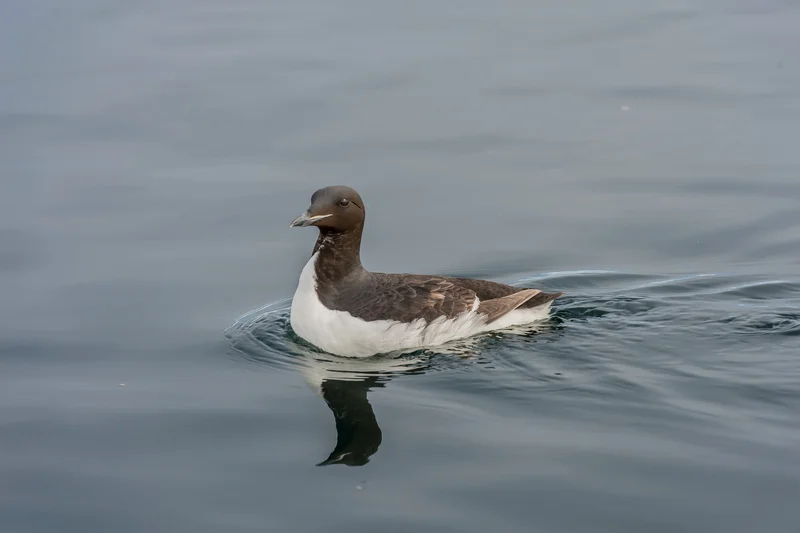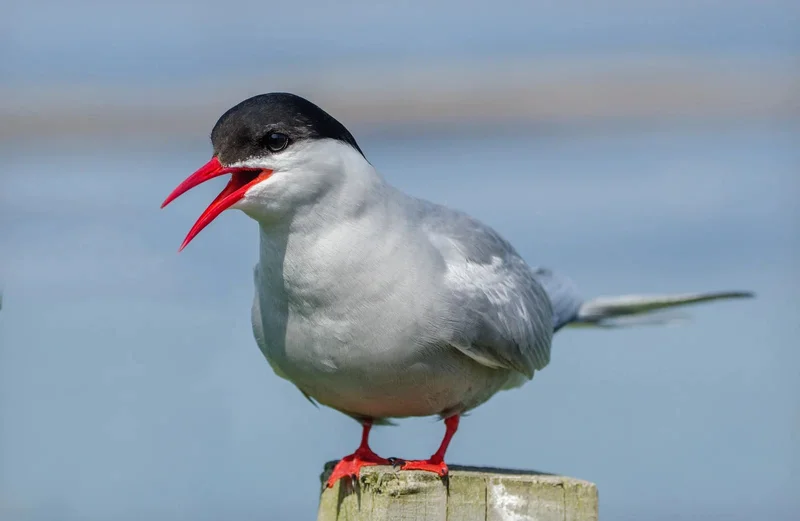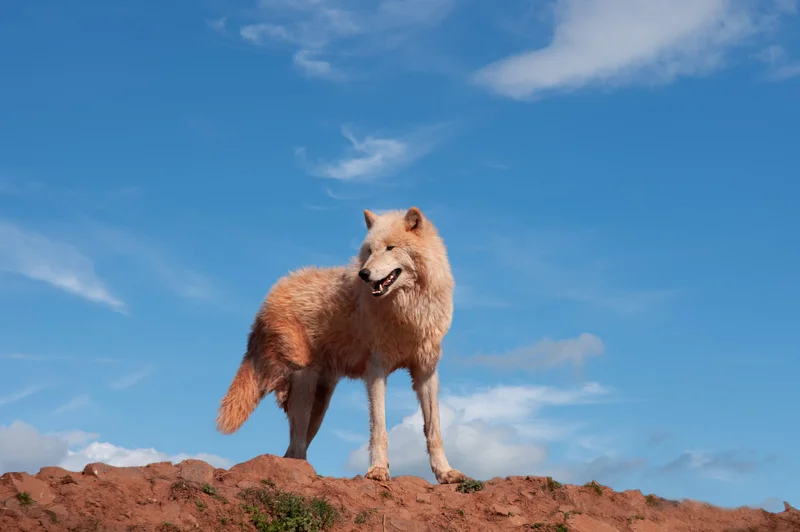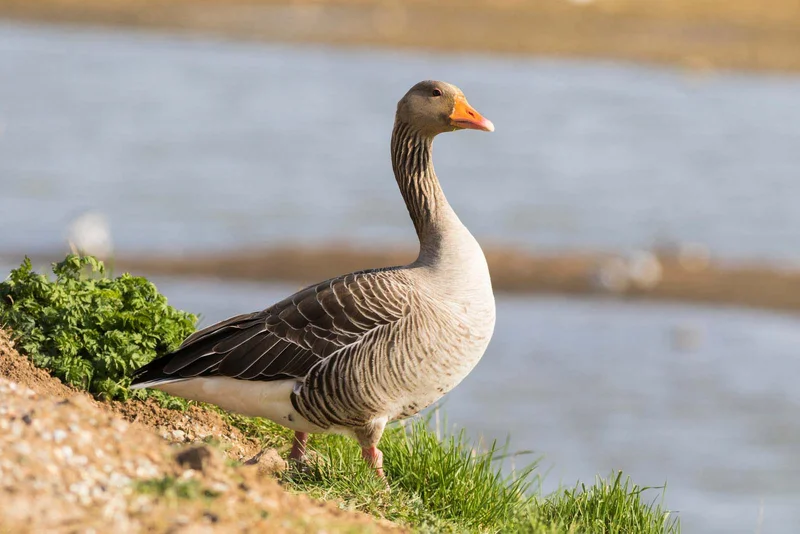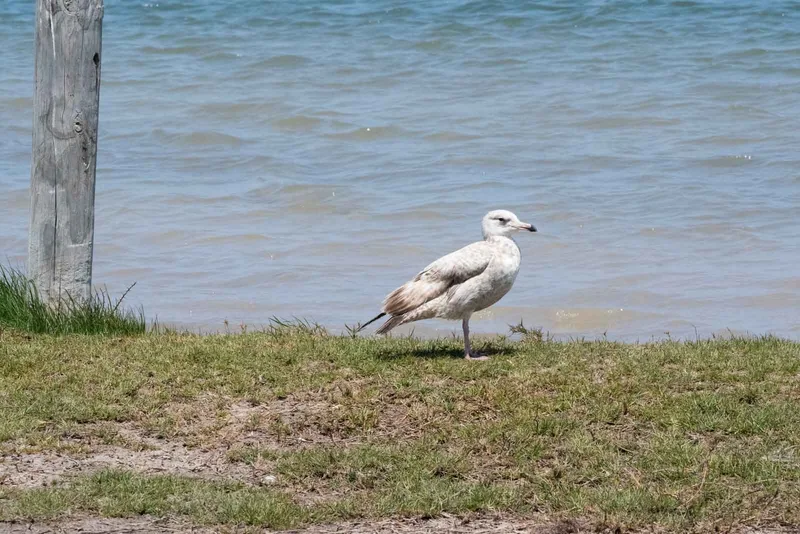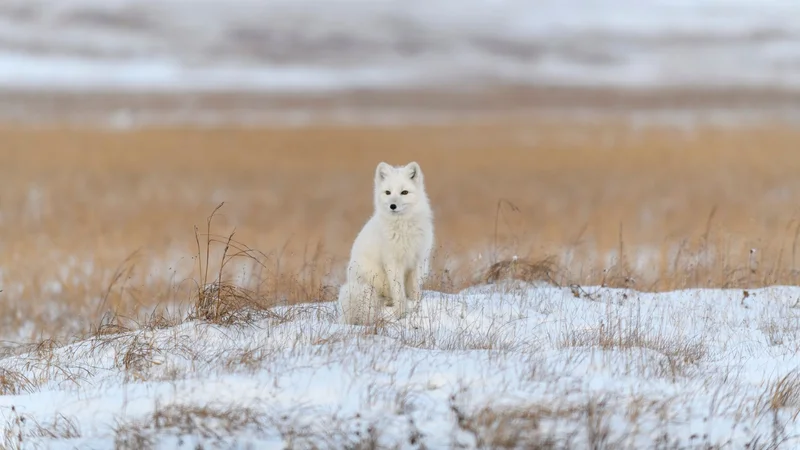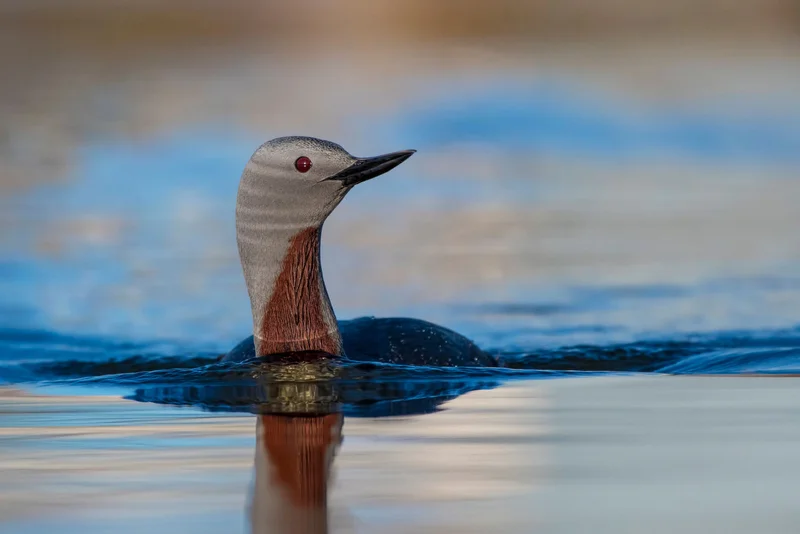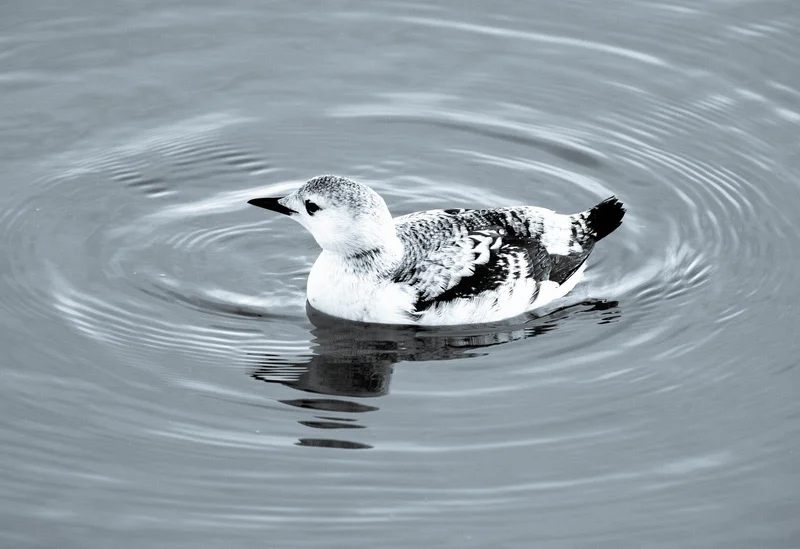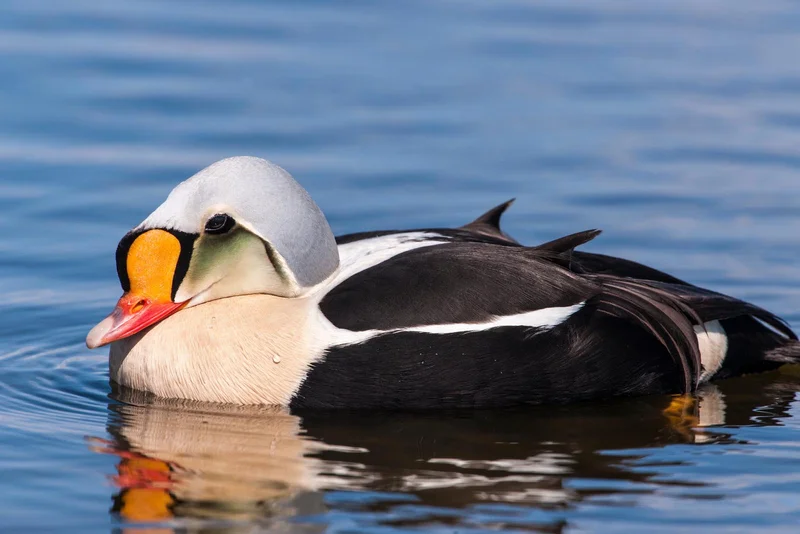Essential Polar Bear Information
Polar bears are iconic Arctic predators, known for their immense size and specialized adaptations for surviving in some of the coldest environments on Earth. Males can weigh up to 700 kg (1,500 lbs) and grow nearly 3 meters (10 feet) long, making them the largest predatory carnivores in the world.
Physical Characteristics
Polar bears have insulating fur and a layer of fat up to 4 inches thick to protect them from the cold. Surprisingly, their fur is not white but transparent, and its structure reflects light, giving the bear its snowy appearance. This incredible insulation works so well that polar bears can overheat in temperatures above 10°C (50°F). Their feet, which can grow over 30 cm (12 inches) wide, help distribute their weight on thin ice and enhance swimming ability.
Hunting and Behavior
Polar bears primarily hunt ringed and bearded seals. They have a remarkable sense of smell, able to detect seals buried under 1 meter (3 feet) of snow from nearly a mile away. Their hunting strategy involves waiting near seal breathing holes in the ice or stalking seals resting on the ice. They can sprint at speeds of up to 25 mph to catch their prey before it escapes into the water.
Unlike other bears, polar bears do not defend territories, but males fight over females during breeding season. Females that are pregnant will semi-hibernate in maternity dens, where they give birth in the winter months.
Habitat and Distribution
Polar bears are found throughout the Arctic, from Greenland and Svalbard to Alaska, Russia, and Canada, as far south as Newfoundland. They rely on sea ice for hunting and are excellent swimmers, capable of covering over 60 miles (100 kilometers) in open water.
Conservation Status
With an estimated global population of around 30,000, polar bears are listed as vulnerable. Climate change and the resulting loss of sea ice pose the greatest threat to their survival. As ice melts, bears are forced to swim longer distances, expend more energy, and face declining seal populations, leading to reduced fertility and higher cub mortality rates.
Interesting Facts
- Fur Color: Despite their white appearance, polar bears have transparent fur that reflects light.
- Super Swimmers: Polar bears can swim over 60 miles (100 kilometers) in the open sea.
- Vulnerable Species: Climate change is the biggest threat to polar bears, as they depend on sea ice to hunt seals.
